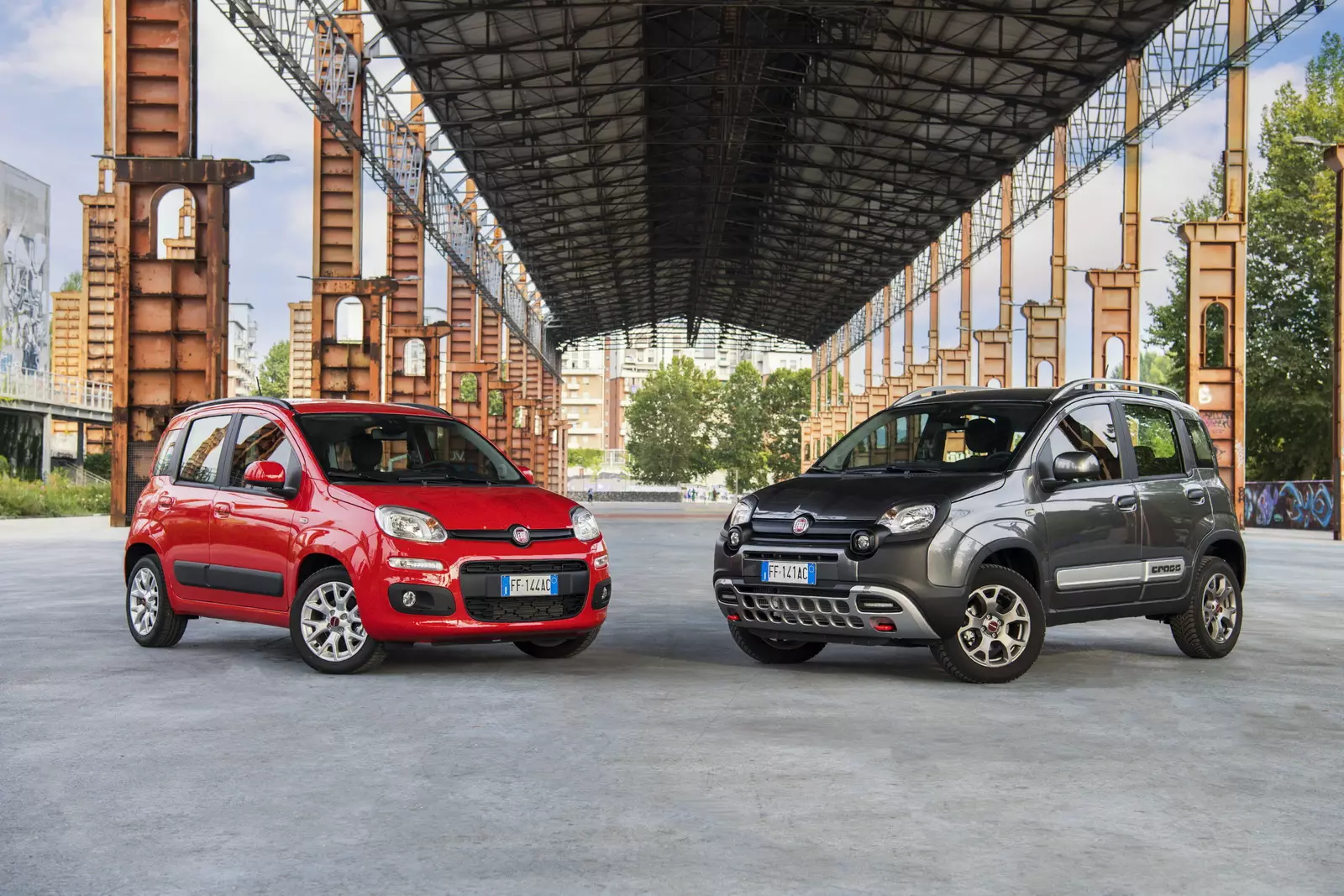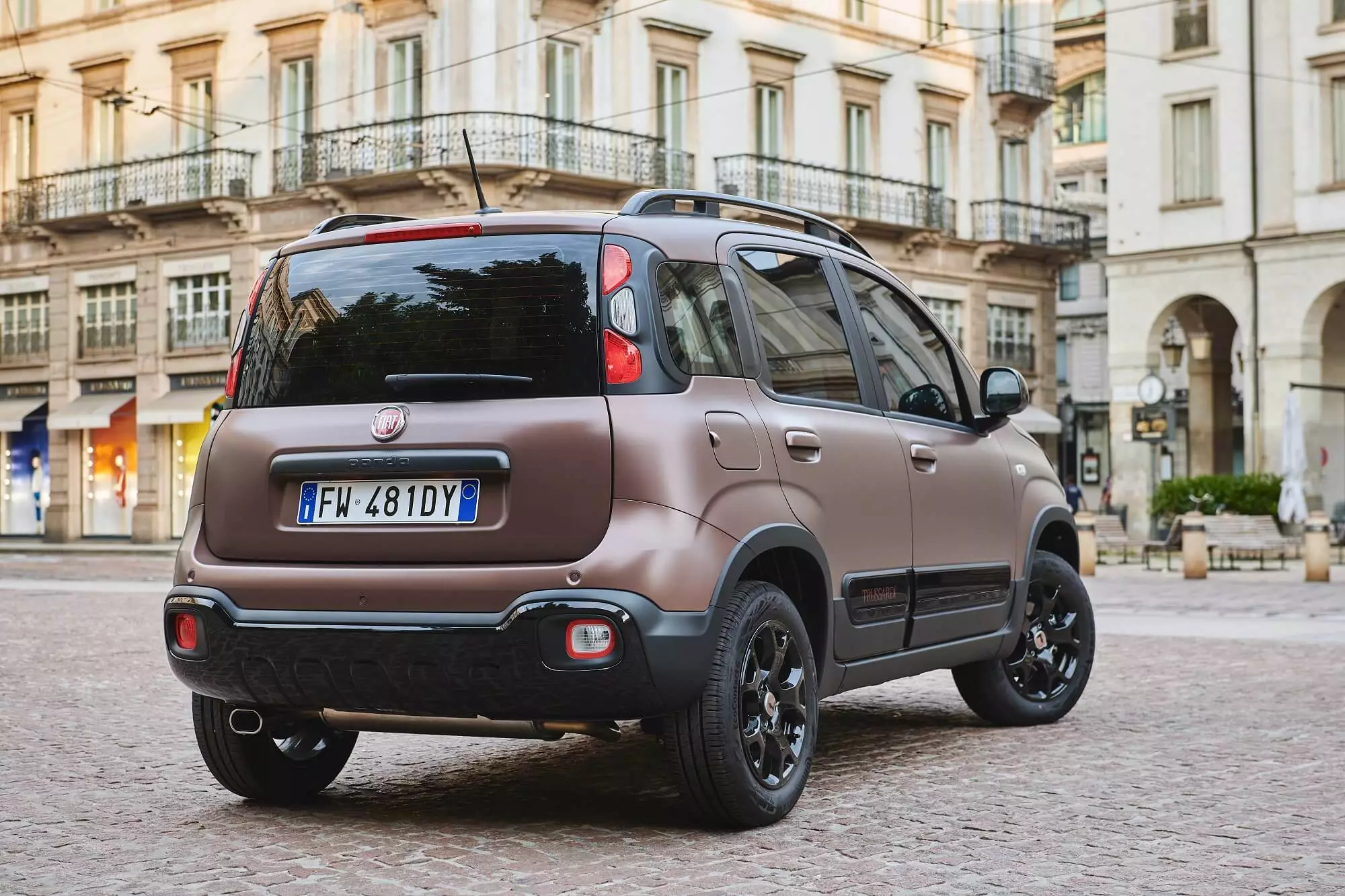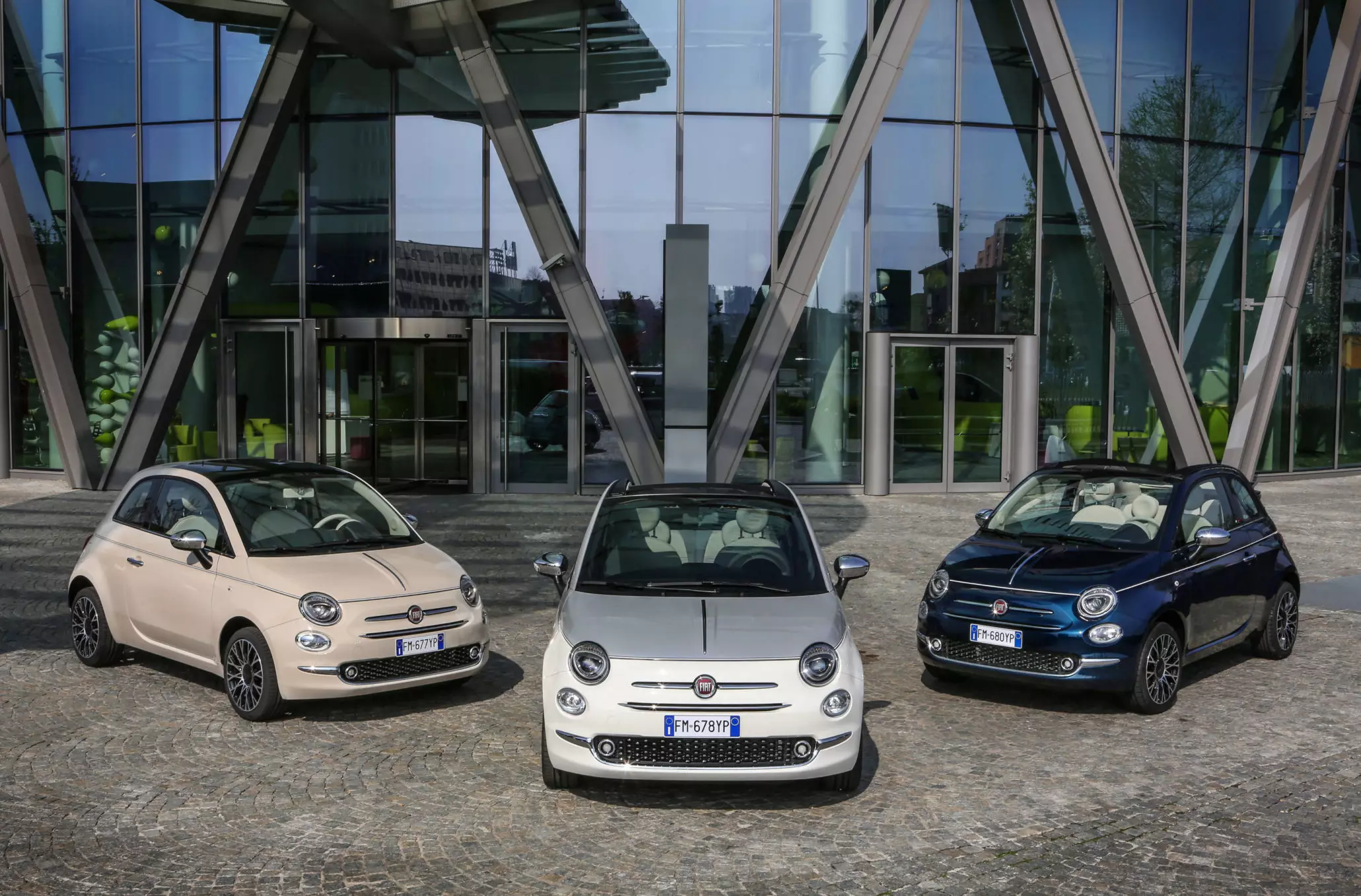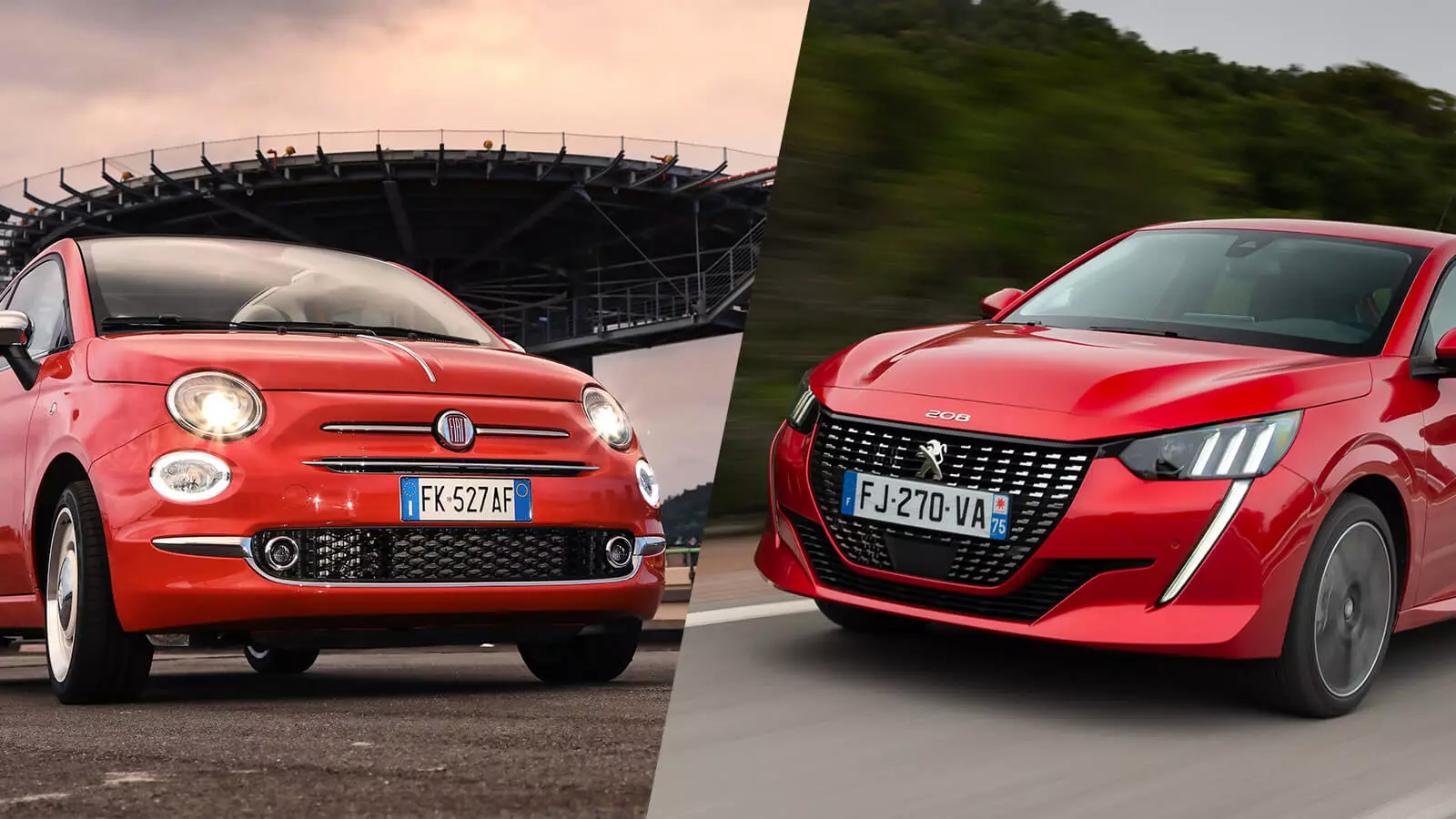A decision that, at first, doesn't seem to make sense. After all, Fiat dominates the A-segment at its leisure , that of city dwellers, occupying the top two places in the sales table with the Panda and the 500.
But Mike Manley, FCA's CEO, at the third-quarter financial results conference held on Oct. 31, put forward plans to restructure European operations to bring them back to profit — the FCA lost €55 million in the Europe in the last quarter.
Among the various measures, which affect all the brands of the group — Fiat, Alfa Romeo, Maserati and Jeep — there is Fiat's intention to abandon the A segment or that of city dwellers and focus on the B segment, where the SUVs reside.

Mike Manley, CEO of Fiat"In the near future, they will see a renewed focus on our part in this higher-volume, higher-margin segment, and that will involve exiting the urban segment."
There is some irony in this movement on the part of the group, when the ill-fated Sergio Marchionne, Manley's predecessor, decided not to put forward a successor to Fiat Punto, precisely because of the difficulty in making it profitable despite the potential for high volumes of sales that the segment allows.
Even being the leader in the A segment, Fiat is the latest brand/group to rethink its position in this segment. This year the Volkswagen group has challenged a new generation of Up!, Mii, and Citigo; and the PSA group sold its share of the plant that makes the 108, C1 and Aygo to Toyota, with a new generation of city dwellers not being assured.
Subscribe to our newsletter
The reasons behind this apparent abandonment of the A-segment by Volkswagen and PSA are the same as those presented by Fiat: high development and production costs, reduced margins and sales volumes also lower than those achieved in the B-segment.

The truth is that city dwellers are not cheaper to develop or produce because they are smaller. Like any other car, they must meet the same safety requirements, they must meet the same emissions standards, and you can expect the same level of connectivity as larger models — there's not much to take away from.
What future for the Panda and 500?
The current Fiat Panda and Fiat 500, despite the advanced age of both models, should remain in the market for a few more years.
They are expected to receive new semi-hybrid gasoline engines — versions of the Firefly debuted on the Jeep Renegade and Fiat 500X — in the next year, or at the very least in 2021. What's next? Not even Manley came up with a calendar.
In 2020, at the next Geneva Motor Show, Fiat promised to unveil a new 500 electric (not the 500e that was marketed only in the US), based on a new platform for electric vehicles — which we could see on Centoventi — and promises to be bigger than the 500 we know.

In other words, its dimensions will be more segment B than A, and it will have, it seems, five doors (two suicide-type rear doors). It will be accompanied by a Giardiniera (van), following a strategy identical to what the Mini did, adding to the original three doors, two larger bodies — the five-door and the Clubman van.
A detail called fusion
As mentioned, this strategy was announced on October 31, precisely the same day that the merger between FCA and PSA would be confirmed.
In other words, the strategy outlined by Manley not only for Fiat's citizens, but also for the other FCA brands in Europe for the coming years will be re-evaluated due to the new context of merging the operations of the two groups.

And from here everything is possible. Will this strategy be maintained in the future by the pragmatist Carlos Tavares?
Speculating a little, and having a recent platform like the CMP, compatible with electrification, it makes sense to transfer all compact models to this one (around 4 m in length), achieving huge economies of scale.
On the other hand, the same economies of scale could help maintain its presence in the A-segment. By joining Fiat, Peugeot, Citroën and Opel, the accounts could work out for the development of a new generation of city dwellers for each of these brands .
Or, another alternative, advanced by Citroën, is the future A-segment to be made up of compact electric quadricycles to be shared with its Ami One, vehicles with development and production costs much lower than those of a conventional car.
Source: Automotive News.
